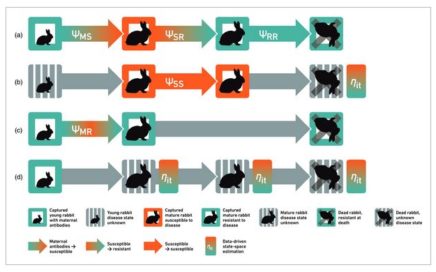Resurgent RHDV K5?
Low rabbit numbers on an Eyre Peninsula property may be due to an increase in RHDV K5 during cooler months – a result anticipated by Natural Resources Officer, Ben Tucker, who coordinated the local release of the virus at trial sites last year. For more information, see the November, 2018 Stock Journal article.

